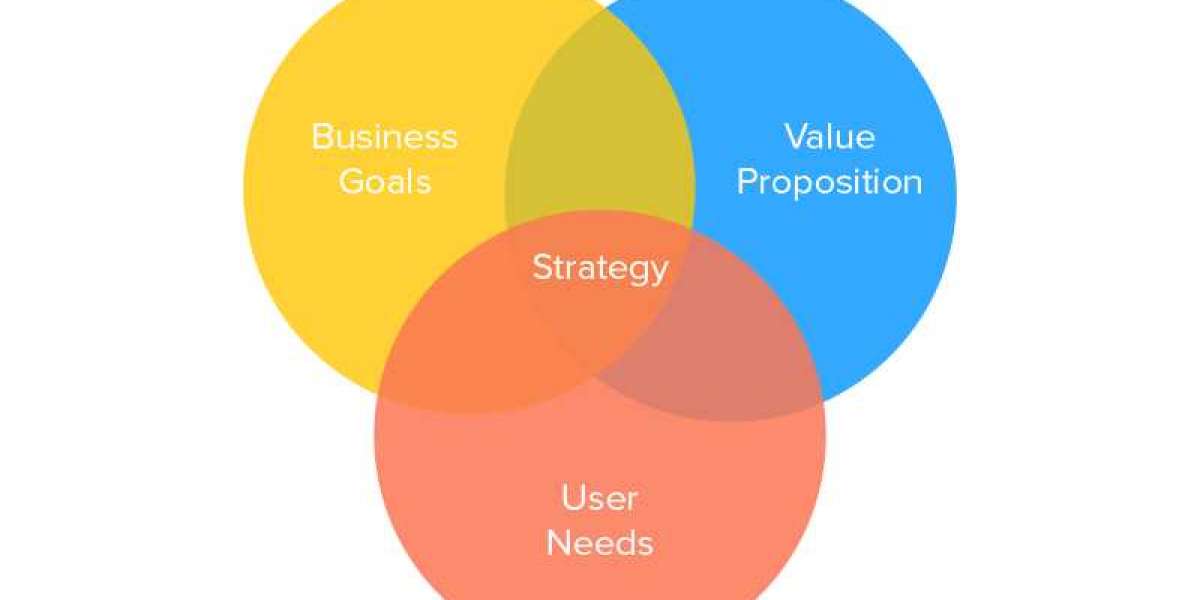Ever wished you could launch a product with complete confidence, knowing it truly solves your target audience's problems? A product discovery workshop is your secret weapon.
This collaborative session brings your team and key players together to forge a shared vision. Through a series of interactive activities, you'll dive deep into the minds and needs of your target users. This newfound understanding becomes the fuel for crafting a product vision that resonates, setting clear goals, and prioritizing features that truly matter to your audience.
By the workshop's end, you'll have a meticulously crafted roadmap – a clear path that guides you from that initial spark of an idea to the exciting world of product development.
What are the goals and outcomes of a product discovery workshop?
Ever feel lost launching a new product? You're not alone. Many fantastic ideas struggle to take flight. But there's a solution: the product discovery workshop. This collaborative session acts like a compass, guiding your team and key players toward a shared vision.
Through interactive activities, you'll delve into the hearts and minds of your target audience. Imagine – truly understanding their needs and frustrations. This newfound empathy becomes the fuel for crafting a product vision that resonates. You'll set clear goals and prioritize features that truly matter to your users, not just stakeholders.
But the magic doesn't stop there. By the workshop's end, you'll have a roadmap – a clear path that takes your product from that initial spark of an idea all the way to development. So, ditch the guesswork and unlock the benefits of a product discovery workshop. Let's explore its goals and outcomes in more detail!
Listed below are the eight crucial steps of conducting a product discovery workshop:
Turning your product dream into a plan? Here are 8 key steps for your product discovery workshop!
1. Set an agenda for the Workshop
Imagine your product discovery workshop as a thrilling adventure – a quest to transform your idea into a reality that users will love. The first step is like packing your gear – creating a clear agenda, and your roadmap for the session. This agenda outlines the key activities, like brainstorming product concepts, defining goals, and pinpointing target users. It's like a treasure map, guiding you and your team to gather all the crucial information you'll need to bring your product vision to life. With a well-defined agenda, everyone arrives prepared, discussions stay focused, and you ensure you unearth all the valuable insights needed to turn your dream product into a tangible success.
2. Decide the participants
Think of your product development team as a diverse orchestra, each member bringing their unique talent to create a masterpiece. The "Decide the Participants" step is like gathering the right musicians. You'll want developers who understand the technical possibilities, designers who can craft user experiences, and product managers with a keen eye on strategy. But don't forget the silent conductor – a facilitator who keeps the discussion flowing. By bringing together these key players, you ensure a well-rounded perspective, promoting innovation and setting the stage for a harmonious product development symphony.
3. Unify the Vision
During the "Unify the Vision" stage, your team collaboratively defines the product's core purpose. This concise statement outlines who the product serves, the problem it solves, and the ultimate value it delivers. This shared vision acts as a guiding star throughout the workshop while ensuring that all discussions and decisions remain aligned with the product's fundamental goals.
4. Elevator Pitch
In the "Elevator Pitch" step, your team collaborates to create a short and powerful statement that captures the heart of your product. This isn't a laundry list of features – it's about the core problem you solve and the value you bring to users. Think of it like a quick introduction to someone who knows nothing about your product. By boiling down your vision into a clear, catchy message, you'll get everyone excited and ensure everyone's on the same page moving forward.
5. User Personas
The "User Personas" step is where you meet your ideal customers – virtually! Here, you'll create detailed profiles based on real user research. These profiles, called personas, describe your target audience's demographics, needs, and frustrations. Imagine them as your product's best friends – the people you're designing it for. By understanding their world, you can craft a product that truly resonates, solving their problems and exceeding their expectations.
6. Value Proposition
The "Value Proposition" step is all about defining your product's "why." Here, you'll answer the critical question: what unique benefit does your product offer to users? It's not just about features, but how those features solve real problems and make your target audience's lives easier or better in a specific way. By clearly articulating this value proposition, you'll attract users and ensure your product stands out in a crowded marketplace.
7. Map the user journey
In "Map the User Journey," you'll walk a mile in your user's shoes. This step involves creating a visual map that tracks every touchpoint – every interaction – a user has with your product. From discovery to purchase to ongoing use, this map helps you identify any roadblocks or frustrations they might encounter. By understanding their journey, you can design a product that's not only useful but also a pleasure to use throughout.
8. Prioritization
Not all features are created equal! In the "Prioritization" step, you'll strategically rank the features based on their importance to both users and your business goals. Think of it like packing a backpack for a hike – you wouldn't overload yourself with unnecessary items. By focusing on the features that deliver the most value first, you ensure a strong foundation for your product and a successful launch.
9. Wrap Up the discovery workshop
As the product discovery workshop draws to a close, clarity prevails: the product vision is vivid, with a finely honed elevator pitch and value proposition. We've pinpointed our target audience, sculpted their personas, and mapped user stories. Crucially, we've prioritized features, ensuring focus on what matters most. Now, it's time to wrap up, summarizing our journey to ensure alignment among all stakeholders. Any lingering disagreements must be resolved before we venture into development.
Conclusion
Conducting a product discovery workshop is a crucial step toward creating a successful product. This process not only brings your team together but ensures that every decision is focused on what truly matters to your users. This type of investment in software development services pays off by making your product development path clearer and less risky.
By taking the time to understand your users deeply through this workshop, you set up your product for real success. It’s about building something that genuinely addresses user needs and stands out in the market. The insights and priorities established here will guide your team in developing a product that truly makes a difference.



